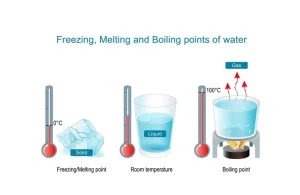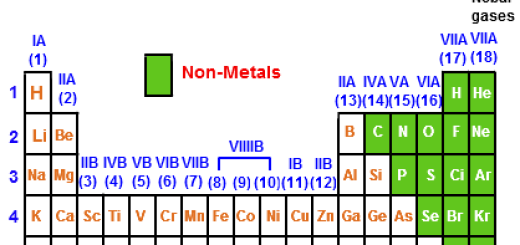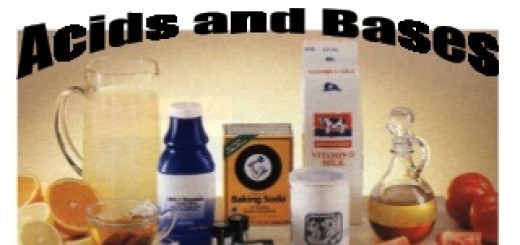What is melting point?, Life applications on melting process, Melting point vs Boiling points
Matter exists in three states which are solid, liquid, and gas, and the matter can change from one state to another by heating, The change of matter from the solid state to the liquid state is known as melting and the temperature at which the matter begins to melt is called the melting point.
Melting point
The melting point is the temperature at which a matter begins to change from a state to a liquid state, The melting point of ice is zero Degree Celsius where the ice begins to change into water.
Each substance has a definite melting point which is used to differentiate between different substances, Different solids have different melting points, where some solid substances have low melting points such as wax, butter, and ice.
Some solid substances have high melting points such as iron, copper, aluminum, and table salt, The melting point of a substance depends on the pressure and it is usually specified at standard pressure.
Measurements of the melting point of a solid can provide information about the purity of the substance where mixtures tend to melt at temperatures below the melting points of the pure solids.
Life applications on the melting process
The workmen melt the solid metals to be easy to mix and shape in the manufacture of alloys, Alloys are very important in our lives such as copper-gold alloy and nickel-chrome alloy.
Copper-gold alloy is an alloy used in making jewels which are used for decoration, and nickel-chrome alloy is an alloy used in making heating coils, The materials with high melting points are valuable for making products that need to resist high heat.
Tungsten has an extremely high melting point, and it is used in the filaments for light bulbs, If you have a mixture of several solid substances, melting is a way by which some substances (with lower melting points) can be separated from others (with higher melting points).
Difference between boiling point and melting point
The boiling point and melting point are two important physical properties of a substance, but they represent different phase transitions. melting point and boiling point are both important properties that help us understand the behavior of substances under different conditions.
The melting point: this is the temperature at which a solid substance changes into a liquid state. such as the melting point of ice is 0°C.
The boiling point is the temperature at which a liquid substance changes into a gaseous state. For example, the boiling point of water is 100°C at standard atmospheric pressure.
Boiling point vs melting point
- Phase transition: Melting involves a transition from solid to liquid while boiling involves a transition from liquid to gas.
- Temperature: The melting point and boiling point of a substance are specific to that substance and can vary depending on external conditions like pressure.
- Intermolecular forces: Both melting and boiling involve overcoming intermolecular forces, but the forces involved are different, Melting involves overcoming forces between molecules in a solid, while boiling involves overcoming forces between molecules in a liquid.
You can subscribe to Science Online on YouTube from this link: Science Online
You can download Science online application on Google Play from this link: Science online Apps on Google Play
Heat changes accompanying physical changes and Explanation of the source of the heat of solution
Matter, Properties and Kinds of molecules, Melting process and Vaporization process
Atomic structure of matter, Energy levels, Electronic distribution and chemical activity





It’s good
Thank you for your comment